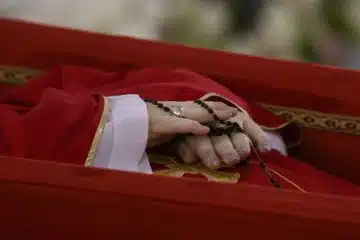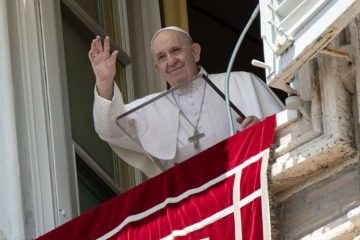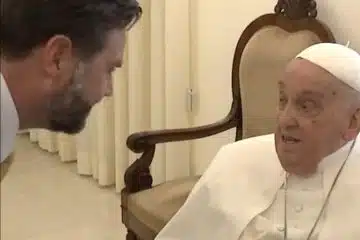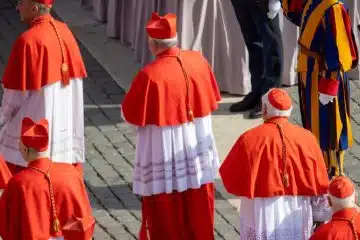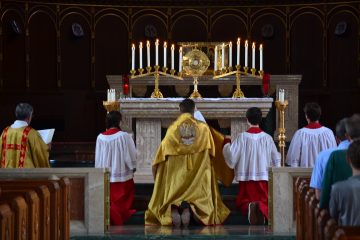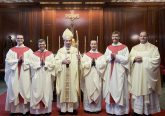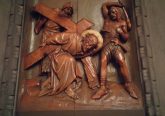Fr. Endres A Question of Faith: Burial or Cremation?
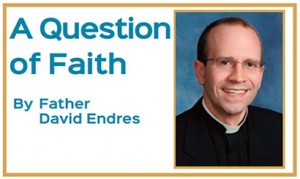 Q: I am making my final arrangements and have been trying you decide between traditional burial and cremation. I have some concerns about cremation from a religious point of view, although it is the best financial option. Does the Church have a preference between burial and cremation?
Q: I am making my final arrangements and have been trying you decide between traditional burial and cremation. I have some concerns about cremation from a religious point of view, although it is the best financial option. Does the Church have a preference between burial and cremation?
A: The Church historically forbade cremation out of respect for the bodies of the deceased and to acknowledge the hope of resurrection. However, since 1963, the Church, responding to present-day circumstances, has permitted cremation while still preferring traditional burial of the deceased.
While today one may not think of the choice for cremation as offering a theological statement, in ancient times cremation was associated with a lack of belief in the resurrection. In the first days of the Church, we see that Christians buried their deceased while the pagans burned the bodies before burial. The choice of how to treat the bodies of the deceased was seen as testimony to belief or unbelief in the afterlife. Canon law had forbidden cremation and did not allow for Christian burial for someone who had been cremated.
Today the choice for cremation is not often made to deny the resurrection, but is often chosen for practical reasons including financial necessity. These present-day circumstances are the reason for the relaxation of canon law regarding cremation.
Despite this relaxation, the Church’s preference for the burial of the body remains. The presence of the body at the time of funeral and burial witnesses to its dignity. The Church recognizes that God is the creator of body and soul. As the Catechism relates, “The human body shares in the dignity of ‘the image of God’: it is a human body precisely because it is animated by a spiritual soul” (Catechism of the Catholic Church, 364). Since we are more than spirits, our bodies are integral to us. It is our bodies, not just our souls, which received baptism, were anointed at confirmation, and were fed with the Eucharist.
Initially after the change of church law, cremation was permitted, but the remains could not be present at the funeral Mass. Since 1997 the Church has provided the possibility for cremated remains to be present at a funeral Mass (if the local bishop permits this as in the Archdiocese of Cincinnati). However, even if a Mass with the presence of the cremated body is allowed, the presence of the body with cremation occurring later is still preferred.
In recent years it has become popular to scatter the ashes of the deceased or to retain them in an urn at home. There is concern that such practices do not respect the integrity of the individual who is more than “spirit” and ought to be returned to the earth or interred in some permanent space such as a mausoleum or columbarium. In October 2016 the Church issued instructions on care for cremated remains, reminding the faithful of the importance of not scattering or storing remains. Proper burial of cremated remains, according to the teaching, “prevents the faithful departed from being forgotten, or their remains from being shown a lack of respect, which eventuality is possible, most especially once the immediately subsequent generation has too passed away.” Only burial or entombment can assure lasting respect for mortal remains.
The Church’s concern for the body after death is connected to its theology of the resurrection. If as the Scripture says, “The Spirit … who raised Christ from the dead will give life to [our] mortal bodies” (Romans 8:11), consequently, the treatment of bodies after death is spiritually significant.
[Thanks to the Archdiocese’s Office of Divine Worship and Sacraments for assistance with this response. The office has compiled a short and helpful booklet titled “The Church and Cremation”].


